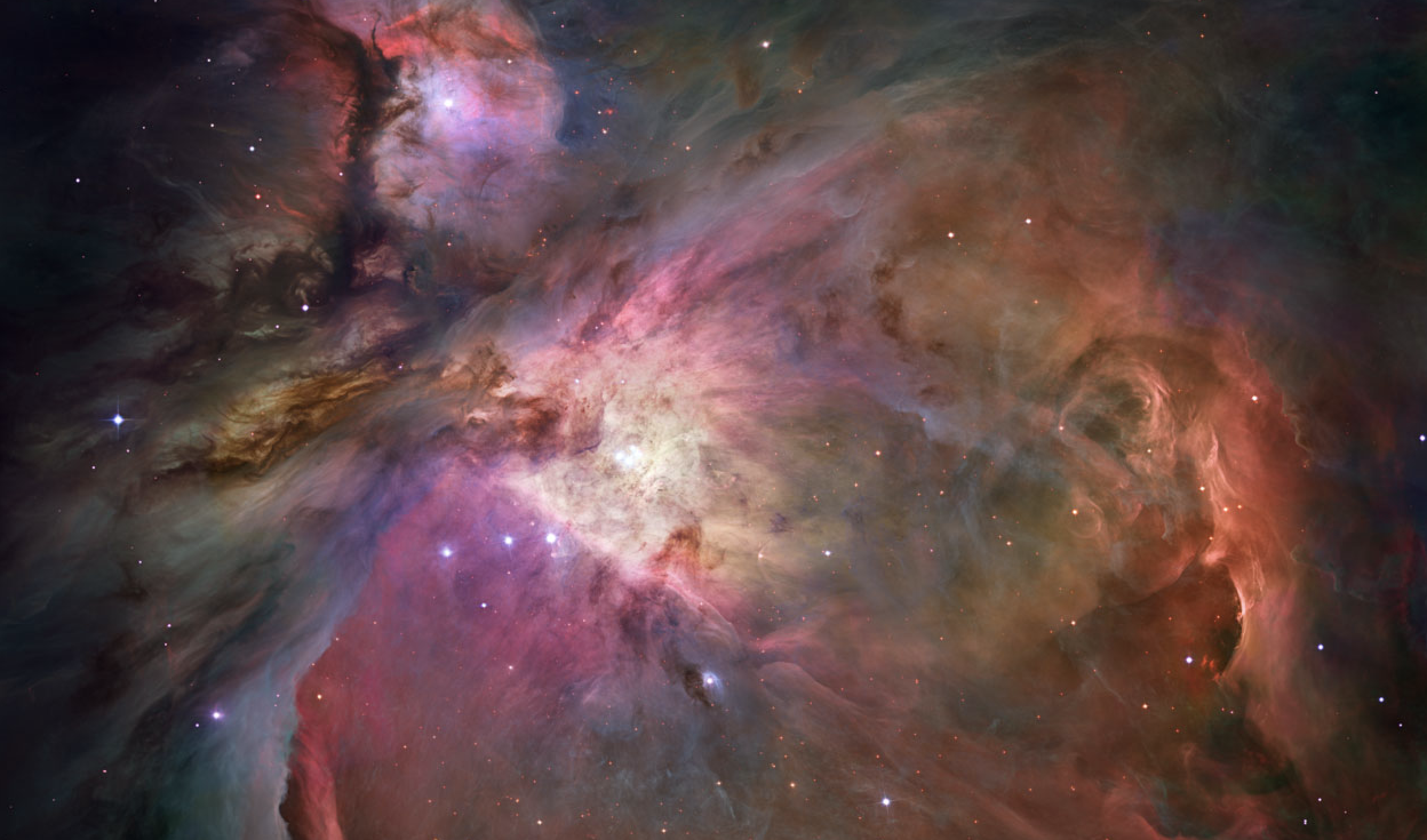COMPRESSIBLE turbulence is much less studied than incompressible turbulence. One reason is that hydrodynamic turbulence is often subsonic with turbulent
Mach numbers smaller than one. Another reason is that compressible (supersonic) turbulence is a non-trivial subject both numerically and analytically.
In the former case, it is because of the difficulty to reach high turbulent Mach numbers, while in the latter case, it is because the treatment requires
starting from the very beginning with basic concepts, canonical variables and the search for universal laws. Supersonic turbulence is, however, very
important in astrophysics like in molecular clouds of the interstellar medium where turbulent Mach numbers are often much greater than 10 (Hennebelle
et al., AAR, 2012). For example, it is thought that turbulence could explain the low star formation rate – which is one of the most important open
problems in astrophysics – by acting against the gravitational collapse like a turbulent pressure. For the solar wind where the turbulent Mach number
is slightly smaller than one, the introduction of compressible fluctuations can enhance the estimate of the solar wind heating, which remains an active
subject of research [114].
Seventy years after Kolmogorov who proposed in 1941 an exact law for homogeneous incompressible hydrodynamic turbulence [139], we derived analytically an exact
law for compressible isothermal hydrodynamic turbulence [81]. By assuming the existence of an inertial range in the limit of a high Reynolds number, we introduced
some two-points correlation functions. The exact law derived displays a new type of terms called source (in addition to the classical flux) term.
It is a purely compressible term that can be interpreted as a global (i.e. nonlocal) effect: in a phase of dilatation it contributes to decrease the energy
transfer rate (the intensity of the cascade), whereas in a phase of contraction it increases the energy transfer rate. The compressible law gives
also a simple interpretation to some 3D direct numerical simulations of supersonic turbulence where it was found that the spectrum of the density-weighted
velocity field (velocity times density to the power 1/3) followed a Kolmogorov spectrum with a power law index in -5/3. Indeed, a simple evaluation of the most
important terms of the compressible law reveals that this is the expected scaling. The exact law was tested numerically in the 3D case at Mach
number 5 with a huge spatial resolution of 10,048^3 [126]: a clear separation was made between the subsonic and supersonic regions, on which
our predictions are very well recovered. An extension of this law to MHD was made in 2013 [90]. The law is of course more complicated but the structure
is the same: a source term appears in addition to the classical flux term. This exact law is now used as a model for the solar wind or the Earth's magnetosheath to evaluate the local heating
[106,109,111,122].

